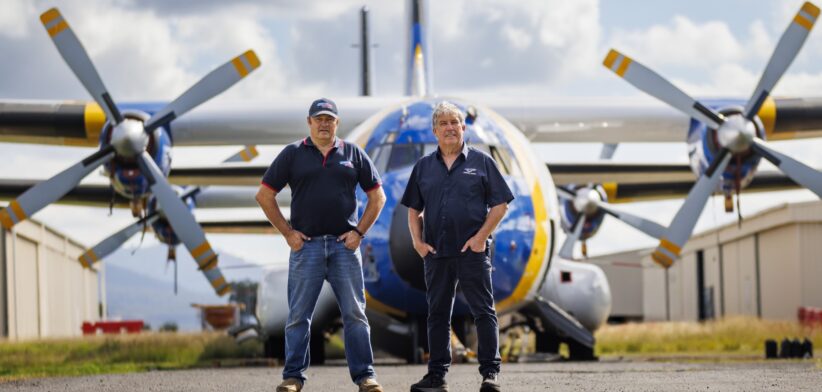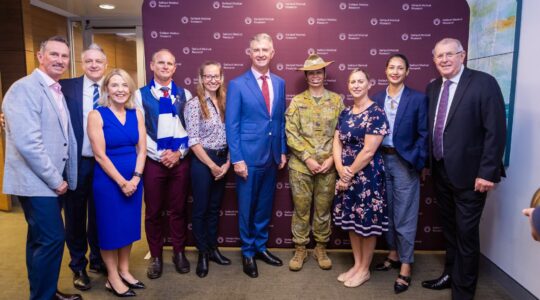Australia’s largest private natural disaster responder has bolstered its capability by adding fixed-wing firefighting aircraft to its arsenal.
Sunshine Coast-based McDermott Aviation, Australia’s largest privately owned helicopter operator, currently operates a number of helicopter types used in aerial firefighting.
President John McDermott said the company was now looking to expand its capability by operating three Transall C-160 fixed-wing aircraft.
Mr McDermott said, subject to CASA approval, the planes would improve Australia’s firefighting capabilities in rugged and remote locations.
He said the Transall C-160 was known for its high-wing configuration, long-range endurance, short take-off and landing capability and heavy-lift performance, making it well suited to operate in rugged terrain and remote locations both in Australia and overseas, where his company supported firefighting and other natural disaster responses.
“These aircraft are built for tough jobs in tough places.
“They’re part of our broader strategy to grow our fleet, scale our international footprint, and bring new technology to the frontline of firefighting both at home and overseas including Europe and North America.”
Mr McDermott said the planes arrived in Australia two years ago and, while the company worked through the approval process with CASA, had been fitted with a world-first tank system developed in partnership with Queensland-based Helitak Firefighting Equipment.
“This is a major step forward – not just for McDermott, but for the industry and communities globally as we continue to battle extreme weather conditions.
“We’ve worked closely with Helitak to develop a tank system that is lightweight, rugged, and high-performing and will allow these aircraft to deliver precision, power, and safety where it matters most – in the field, during fire season.”
He said the new aircraft would dramatically change the way fires were fought, especially in remote or rural areas not suitable for other large, fixed wing aircraft.
“The Transall C-160’s design allows it to safely land on regional airstrips, whereas larger fixed-wing aircraft have to return to a suitable base to refill.
“We will carry retardant in powder form, and as long as there is a water source, we will be able to refill and be back in the air in approximately 10 minutes, making the addition of these aircraft an incredible asset to our fleet.”








